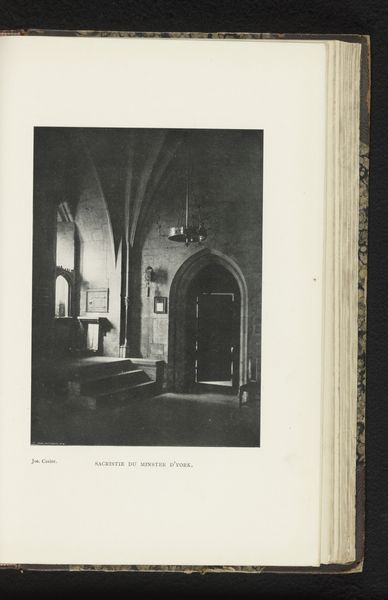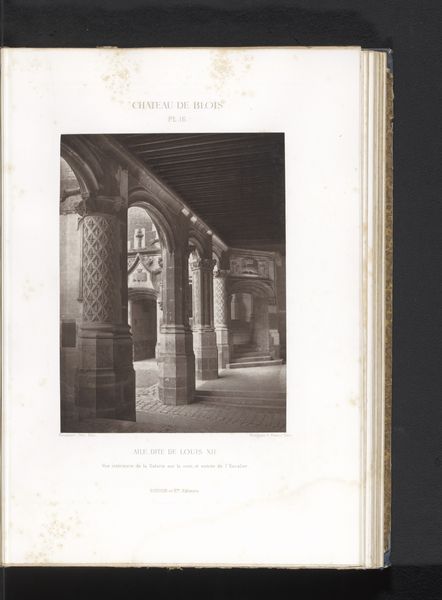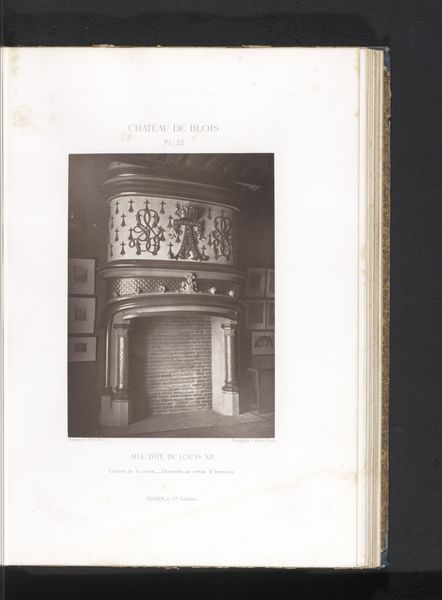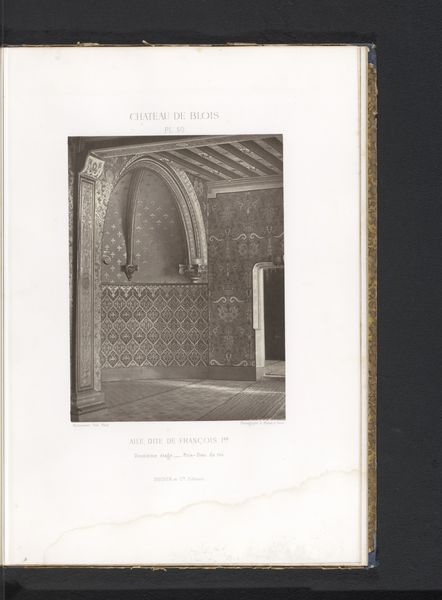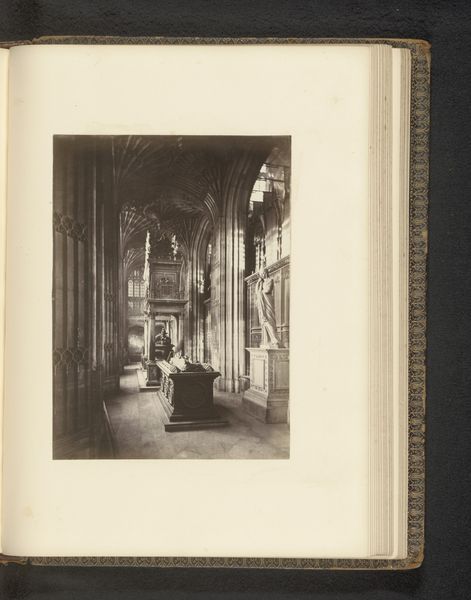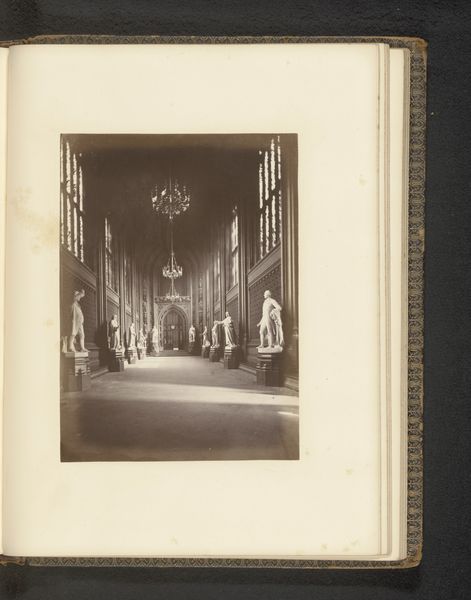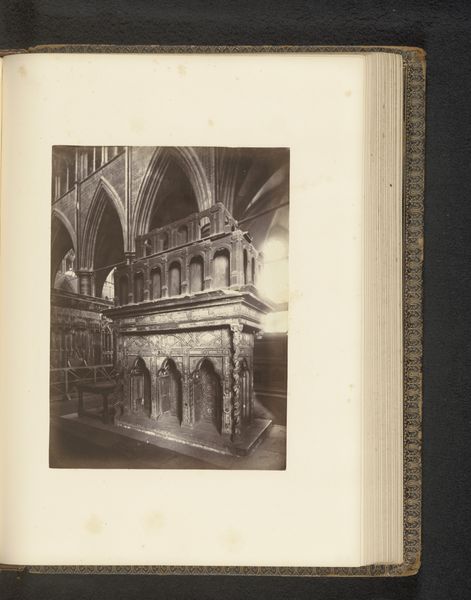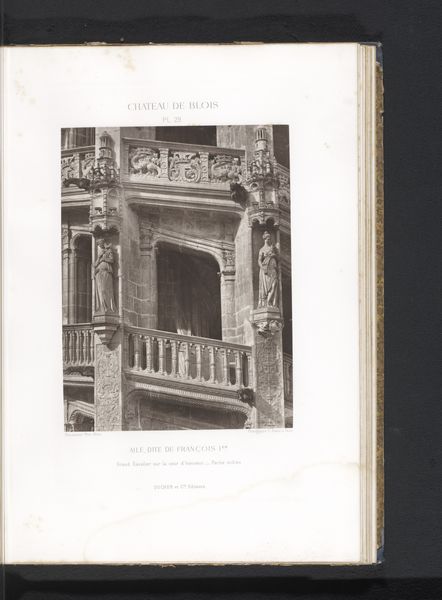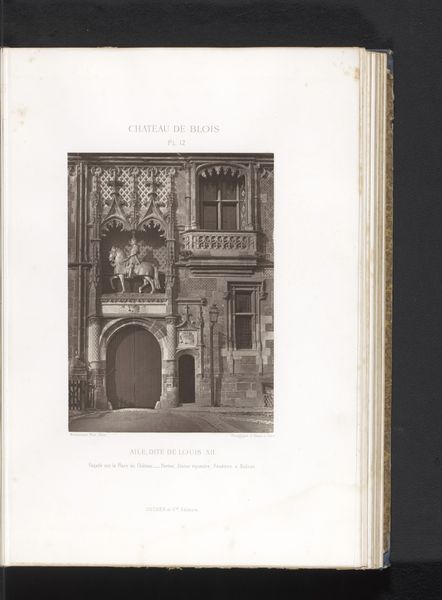
print, photography, architecture
#
medieval
# print
#
landscape
#
photography
#
geometric
#
architecture
Dimensions: height 242 mm, width 179 mm
Copyright: Rijks Museum: Open Domain
Curator: This print, held in the Rijksmuseum, captures a view of the chapel within the Chateau de Blois, rendered before 1875 by Méderic Mieusement. What strikes you first about it? Editor: The rigid geometric patterns, especially the floor tiles and the vaulting of the ceiling. The severity creates a solemn atmosphere. It's almost suffocating, wouldn't you agree? Curator: While the geometry is undeniable, let’s consider its function. Photography, especially in the 19th century, served as documentation. Think of architectural surveys and preservation efforts, like those led by Viollet-le-Duc. This image provides valuable information about the chapel's design at the time it was taken. Editor: Of course, but its value isn't just referential. The photographer chose a viewpoint that emphasizes the architectural lines, framing, and textures of the image as a study of form, creating this overall somber tone. Look at how the light enters from those stained-glass windows, highlighting those architectural features. Curator: Certainly. Mieusement’s attention to light is striking, especially considering the limitations of photographic technology at the time. And his capturing of this monument participates in a broader cultural movement associating nationhood and architecture in post-revolutionary France. The image then contributes to an idealized vision of medievalism, aligning with prevalent historicist trends. Editor: So, it becomes less about accurate representation, and more about conveying cultural values and power through aesthetic composition and production, and how it functions within the art world, or, more appropriately, within photographic documentation practices, but that ultimately fails in delivering exactly that because of subjective formal preferences by the photographer. Curator: Perhaps. However, understanding the formal elements also gives insight into how this vision of French cultural identity was carefully constructed. It’s through understanding this interplay that one can unravel how historical and aesthetic values intersect, don’t you think? Editor: Yes, indeed. The geometric structure and subdued light work to create an enduring atmosphere. Curator: I agree, the layers within this artwork make it particularly interesting for all visitors interested in architecture and French history.
Comments
No comments
Be the first to comment and join the conversation on the ultimate creative platform.
